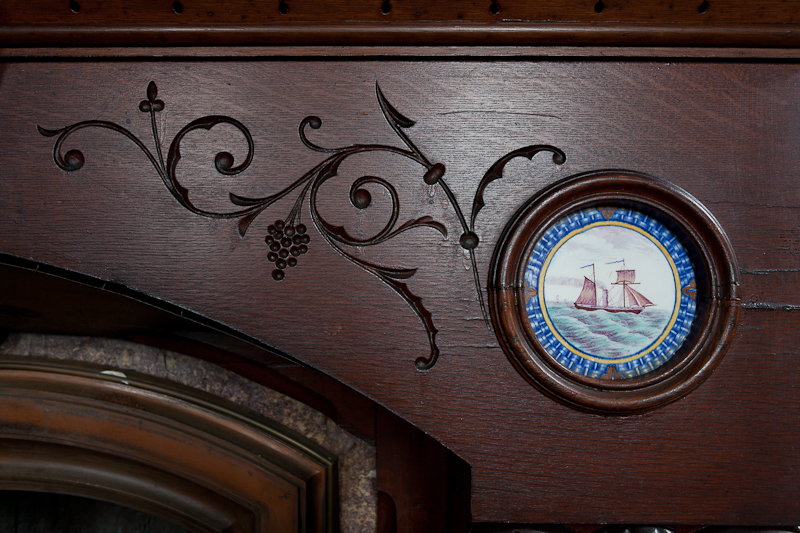People often ask me what draws me to places like this, but the answer is not always obvious to most. Sure people understand that I find beauty in decaying asylums, factories, ships and houses of worship, because let's be honest, they just don't make them like they used to, but the real reason is much less superficial.
I do this for me because it makes me feel alive and it's what I want to contribute to this world, images of historic places that we are tearing down way too quickly. But I also do it for the dozens of grandparents, mothers, fathers, daughters, sons, cousins and friends who knew someone who was cared for or worked in one of these locations. During the time that these asylums, for example, were in operation, very little was known about mental health. People who were lazy, or practicing religion to frequently were admitted into an asylum. Even women experiencing menopause were deemed insane and placed inside these facilities.
When I receive an email from a women who never knew her Grandmother because she was admitted to Greystone Park Psychiatric asylum in 1918, or a note from a son about how his father was stationed on the USNS Northern Light many decades ago, I am quickly reminded that this is why I photograph these places. It's not for money, status, likes or +1's, it's for the memories that remain inside these walls, the stories eagerly hoping to come back to life.





